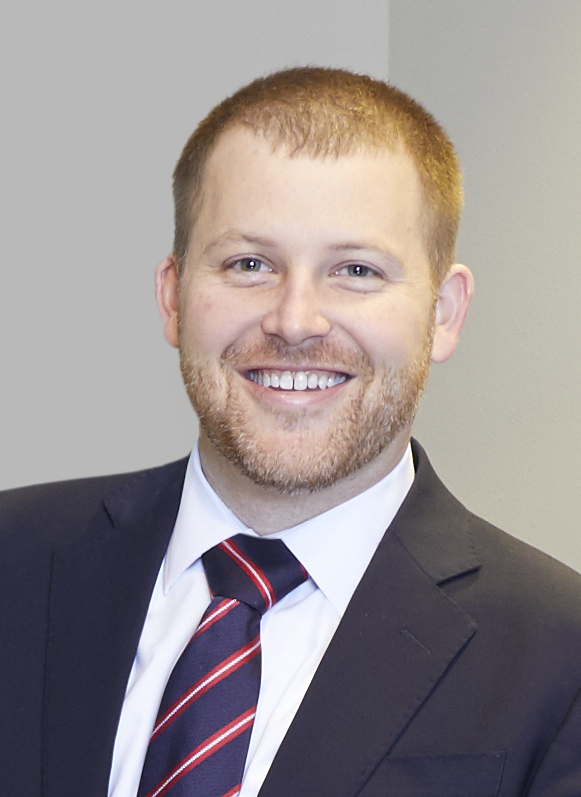
Q: How do I best prepare for retirement?
A: The level of preparation depends on how far you are from your golden years. If retirement is around the corner, there are major decisions regarding Medicare and Social Security that can have a lasting impact. Also. Lifestyle, sources of income, and health factors are all important considerations, and it is wise to consult with a financial professional to help make the best choices for your circumstances.
For those with more time, preparing for retirement starts with understanding the amount needed for your desired retirement lifestyle and then managing the factors that you have total control over—spending, saving, and asset allocation.
Good spending and saving habits involve practicing deferred gratification. As behavioral economics have become mainstream, there are countless tools today to improve budgeting and saving, such as auto-escalation options within many retirement plans designed to gradually increase savings over time.
The key to effective asset allocation is understanding risk and return characteristics of equities, bonds, real estate, and cash, and creating a well-diversified portfolio you can maintain during not only good markets, but also during the inevitable downturn. Investments in equities are more likely to grow your retirement account over the long term, but will bring greater volatility. Bonds and cash will help to reduce volatility, but will most likely grow slower over the long term.
Additionally, remember that you may live another 30 to 40 years post-retirement, so maintaining an appropriate asset allocation is important.
Q: Should I put money in a traditional retirement account or a Roth retirement account?
A: This is a frequent dilemma, as many company retirement plans today offer participants the option of making traditional (pre-tax) contributions or Roth (after-tax) contributions. Roth contributions are appealing because interest and earnings are pulled out tax-free. However, the benefits of a Roth contribution depend on your marginal tax bracket today versus your expected marginal tax bracket in retirement. Generally, a younger person in their lower income-earning years with anticipated future earnings growth is more likely to benefit from making Roth contributions (i.e., pay taxes today), while an individual in their peak earning years could benefit from the current tax deduction offered by traditional contributions.
For example, an individual tax filer with $90,000 in taxable income could make a $100 traditional (pre-tax) contribution and let it grow and compound until retirement. If they were to make a Roth (after-tax) contribution, the initial investment would only equate to $67, after paying 33 percent in combined federal and Oregon income taxes. It may be more tax-efficient for that person to be contributing pre-tax dollars if their expected retirement income would result in a marginal rate below 33 percent.
In the past, inflation caused the price of goods and services to go up, but the price of gold typically goes up at a faster rate.
Q: What’s the best way to save for my child’s (or grandchild’s) college costs?
A: The best way to save for college is to open a 529 savings account for the child. A 529 plan is an investment account that offers tax-free growth if the money is spent on qualified education expenses. Qualifying expenses include tuition and fees, room and board, books, and even technology-related costs such as computers.
One of the best things about 529 plans is the flexibility they offer. You can use them at any eligible institution: four-year colleges and universities, two-year associate degree programs, trade schools, and vocational programs. Recently, they were expanded to allow K-12 tuition expenses as well. If the 529 beneficiary decides not to attend college or receives scholarships, you can always change the beneficiary on the account to a family member, such as a sibling, cousin, spouse, the next generation, or even yourself.
Each state administers its own 529 savings plan(s), with some sold directly while others are accessible only through an adviser. You can participate in any plan, even if it’s administered by a state other than your residence, and you can spend the money at any eligible institution. However, many states offer tax benefits for residents using their plans. Oregon offers an annual state tax credit of up to $300 for joint filers ($150 for individuals) for contributions to an Oregon 529 account.
Q: What’s the best way to manage student debt?
A: Once you’ve determined whether you qualify for any loan forgiveness programs, such as Public Service Loan Forgiveness (PSLF), it’s essential to consider your priorities when deciding on a repayment plan. You’ll need to determine whether you want to minimize the total interest paid or maximize your monthly cash flow. Choosing an aggressive repayment plan will reduce the repayment period but may increase the total interest paid. Alternatively, opting for an extended or income-driven plan will decrease the monthly payment, allowing you to allocate more money towards other goals such as buying a home or saving for retirement, although the repayment period will be longer, leading to more interest paid.
If you have higher interest debt with private lenders, there may be opportunities to refinance at greatly reduced rates, particularly in today’s low interest rate environment. For federal loans, refinancing is a more complicated decision, as there are certain protections and benefits that you give up when you refinance with private lenders.
Kevin Sittner, CPA, CFP
Sittner & Nelson, LLC | 497 Oakway Rd., Ste. 300 | 541/636-4001
Advisory services offered through Sittner & Nelson, LLC, an SEC Registered Investment Advisor


